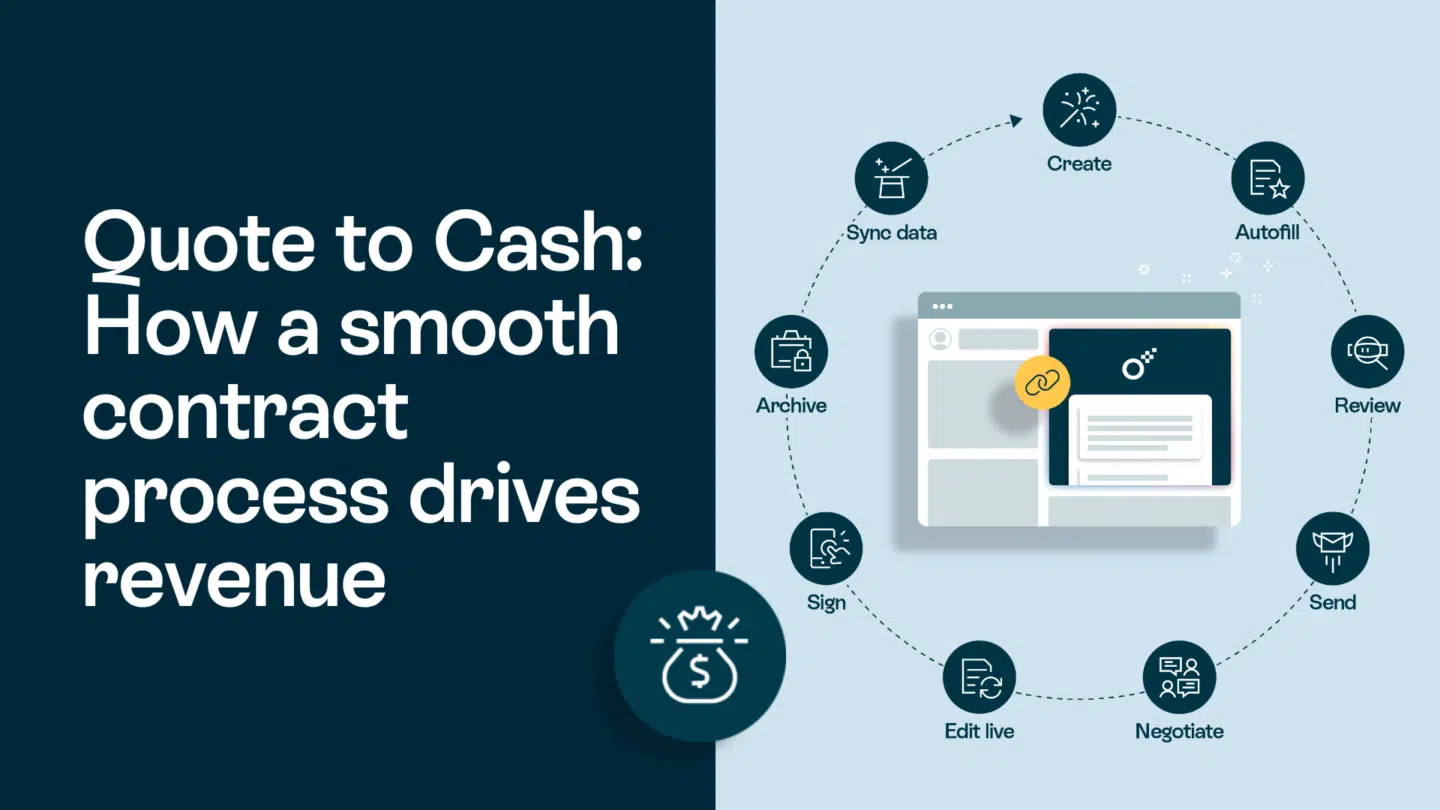No matter what the context is, changing is hard. Once you’re set in a routine. A certain way of doing things, it’s easier to stay the course than forge a new path. It’s worth remembering that change is a journey. This is especially true when trying to change the way that an organization works via digital transformation. It’s even tougher to change the culture. That’s where communication comes in.
Communication is key. It’s the hallmark of success in personal or professional relationships. This is something we’ve all heard thousands of times before. And communication is absolutely crucial when it comes to digital transformation and organizational change. If you want yours to be a success, then having effective communication from top to bottom of the organization is going to be absolutely critical.
Here’s what you can do to communicate your digital transformation efforts across your organization to make sure your transformation ends as a success:

It starts at the top
When undergoing a digital transformation, it starts at the top. With management and the leaders who are overseeing the initiatives. The buck stops with them. That means they are the ones to spearhead the communication strategies. They’ve got to explain the particulars. The who, the where, the why, the what, and the when of the transformation.
The leadership should have a clear vision that they share with the organization. And paint a detailed picture that everyone can see and envision themselves. The vision should address the benefits that the changes will bring and explain the results in a tangible manner. It’s a vision that everyone at the company should buy into and believe in. Yet it’s more than just a vision though.
It’s about telling a story. A story that has the employees as the heroes. I mean, everyone always imagines themselves as the hero of the story right? It’s no different here. The employees are the champions and heroes of the transformation, tell them that. Because you’re much more likely to be invested in the process and end of the story if you’re involved in the outcome, even more so if you’re the main character.
So communicating a vision of the transformation with a convincing story that places employees at the center of the action will help secure the buy-in from employees that is so desperately needed for a transformation to be a success. Leaders are seen as the most credible actors in the process at the beginning, and they must maintain that status as the transformation progresses. Of course, actions have to back up their words, but the tone is set from the very start from the top.

Manage expectations about digital transformation
Another thing to consider when communicating digital transformation efforts is to have a proper timeline and action plan laid out for everyone to follow. This serves to manage everyone’s expectations as the projects move along. It’s important as it outlines what’s going to be done with deadlines and clear responsibility laid out for action items. It charts the way forward.
This, on top of direct communication to employees, keeps people in the loop. This can be important as during a transformation employees may not be in constant contact with each other. But if they have a solid outline and roadmap they can follow along and can safely assume that their colleagues are on track to meet the deadlines that everyone is aware of.
Create a sense of ownership
A successful transformation has everyone inside the organization feel like they took part in it in some manner. Employees should feel like they played a role in its success, whether they were directly involved or not. So establishing a sense of ownership can significantly improve the chances of success. This goes hand in hand with communicating a story where employees are the heroes of the transformation. It instills a sense of possession inside of them when it comes to the project. They feel like they took an active role in its outcome and implementation. It’s a way to inspire them and have them be proud of their work. Motivate them and drive them to have their efforts end in a positive manner. I

Explain the benefits and value of digital transformation for employees
It’s very easy for management and the leaders of the transformation to speak about the benefits and value that the transformation will bring to the organization, not always to employees. Sure it will make the company more efficient and more profitable. But what exactly, does that mean for the employees?
They should be well aware of what they’ll get out of these changes. Will it improve their workflows and save them time and effort? Maybe it will take the most annoying part of their job and automate it saving them from future frustration. Will it make their job easier or make the company more profitable which in turn will lead to higher compensation? Or potentially there are rewards that will be showered across the employees once an initiative is complete. Whatever the benefits will be, they should be communicated in a way that engages the employees and puts in stark terms what it means for them.
Talk to each other – constantly about digital transformation
As the digital transformation is underway there should be regular check-ins, meetings, and constant communication coming from all sides about the projects. There needs to be an active internal communication plan every step of the way. For example, teams around the organization can have a weekly or monthly check-in call, where members not involved directly in the project can attend and ask questions, raise concerns, and have their voices heard. Everyone should know what’s going on with the project and two-way communication channels should be established.
These meetings or calls should be used to speak about the challenges, issues, and problems that have arisen. Also, inform of progress being made and highlight the achievements and hard work by some of the team members. The dialogue should always be honest and upfront about everything. Since this communication is two-way, leaders and those directly involved in the initiatives have to listen and hear what other members have to say. Apply Robert’s Rules of Order to ensure that everyone is heard and demonstrate that their input is valued.
This constant communication will unify the company around these changes and secure the buy-in of everyone. Creating a sense of team spirit and enhancing their belonging in the project as they are constantly engaged in discussions around the transformation.
The volume of communication should significantly increase during the transformation and should stay that way until long after it’s done.
Utilize digital tools for omnichannel communication
Communication has drastically changed over the last 20 odd years. We’re able to reach and be reached almost anywhere, at any time of the day. While you shouldn’t bombard your employees after hours, you can reach them on the platforms where they are. Don’t rely on traditional email blasts, social media posts, or intranet press releases. You can host a Q+A session chat on zoom, have a dedicated channel to the transformation on Slack providing progress on initiatives. Even getting really creative and having a progress meter/dashboard inside your CRM or intranet would be a novel way to speak about it.
There are tons of tech tools that enable communication, so having the right ones at your disposal will ensure that everyone is getting the message. So take an omnichannel approach to broaden the reach of your communication efforts to spread your message to everyone who needs to hear it. Be sure to put it in laymen’s terms as well. While some people will understand the technical jargon and “corporate synergy” terms that come with organizational change, that’s not the case for all. It’s another measure to get everyone on the same page about the aspects of the transformation.
The volume of communication should significantly increase during the transformation and should stay that way until long after it’s done.

After the initial change, keep up the communication
The last but not least component of communicating change inside the organization is that the conversations don’t stop. You should continue the dialogue long after the changes have been implemented. If anything, the communication should increase. As mentioned earlier, digital transformation is not an end goal, it’s a process. Same with the changes that come along with it. Therefore, the communication should continue after the changes set in. That’s to deal with the likely questions, problems, or confusion that could occur as time goes on.
Change is a part of life. Unfortunately, or fortunately, in some cases, nothing stays the same as time goes on. Life is dynamic, not static. Especially the business world. If you want to stay competitive in the cutthroat atmosphere of modern industry, businesses have to adapt. To shift. To be agile to kick on and grow. So that’s why digital transformation is so important. And one of the most crucial things to get right is communicating your digital transformation. It’s played out and overstated, but communication really is key. If you get it right, your transformation will have a much higher chance of success.







